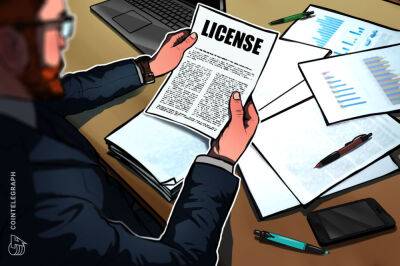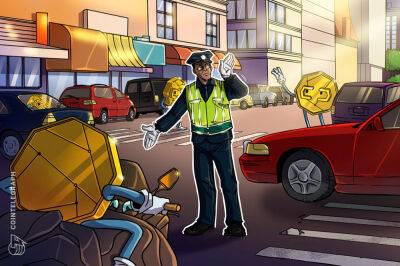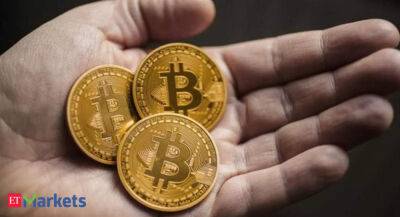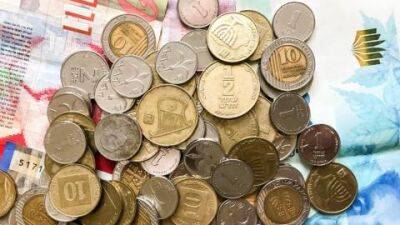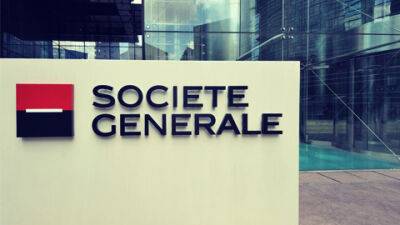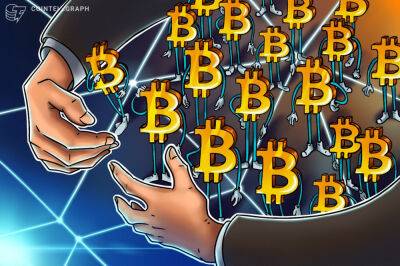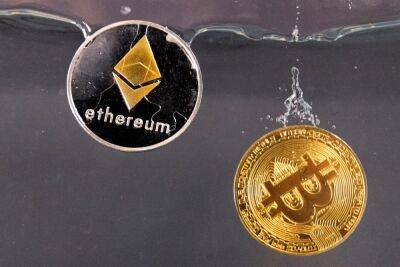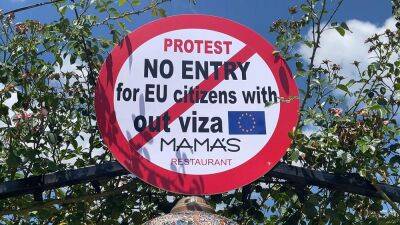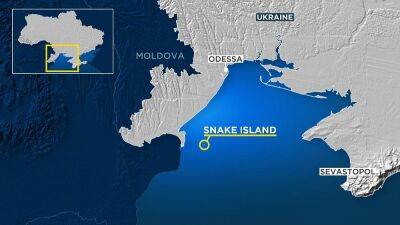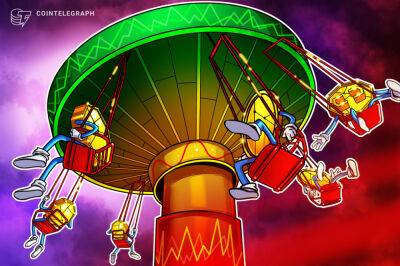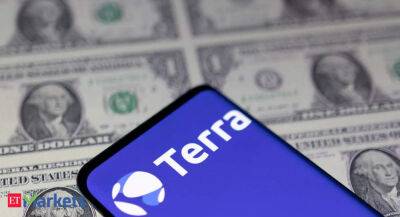Terra 2.0: A crypto project built on the ruins of $40 billion in investors' money
Terra remained the focus of the majority of headlines throughout May for its spiral collapse leading to a loss of over $40 billion in investors’ money. Despite some early resistance from the community and heavy backlash from the likes of Binance CEO Changpeng “CZ” Zhao, Terra co-founder Do Kwon managed to relaunch the collapsed network with a new chain called Terra 2.0 (Phoenix-1).
The amended proposal for the relaunch of the network by increasing the genesis liquidity, which introduces a new liquidity profile for pre-attack Luna Classic (LUNC) holders and decreases the distribution to post-attack TerraUSD Classic (USTC) holders, was approved by the community with a 65% vote in favor.
The new blockchain went live on May 28 after a hard fork. The new token stays Terra (LUNA) and the old one was rebranded to Luna Classic. With the new network launch, the holders of LUNC, USTC and Anchor Protocol UST (aUST) were eligible to receive the new tokens.
Despite industry-wide outrage against Do Kwon — the co-founder and the parent company Terraform Labs are facing lawsuits and investigations in South Korea — major crypto exchanges including Binance, Kucoin, FTX, Bitfinex and several others announced support for the Terra 2.0 chain.
Cointelegraph reached out to Binance to inquire about the reasoning behind its listing of the LUNC on its platform, especially when the market is still recovering from the after-effects of the $40 billion collapse. A Binance spokesperson told Cointelegraph:
Binance claimed that the purpose of the Terra 2.0 was to compensate those who had lost a significant amount of funds during the crash of the main network. As a platform, “Binance decided to let people trade the airdropped tokens to realize their assets.”
C
Read more on cointelegraph.com

